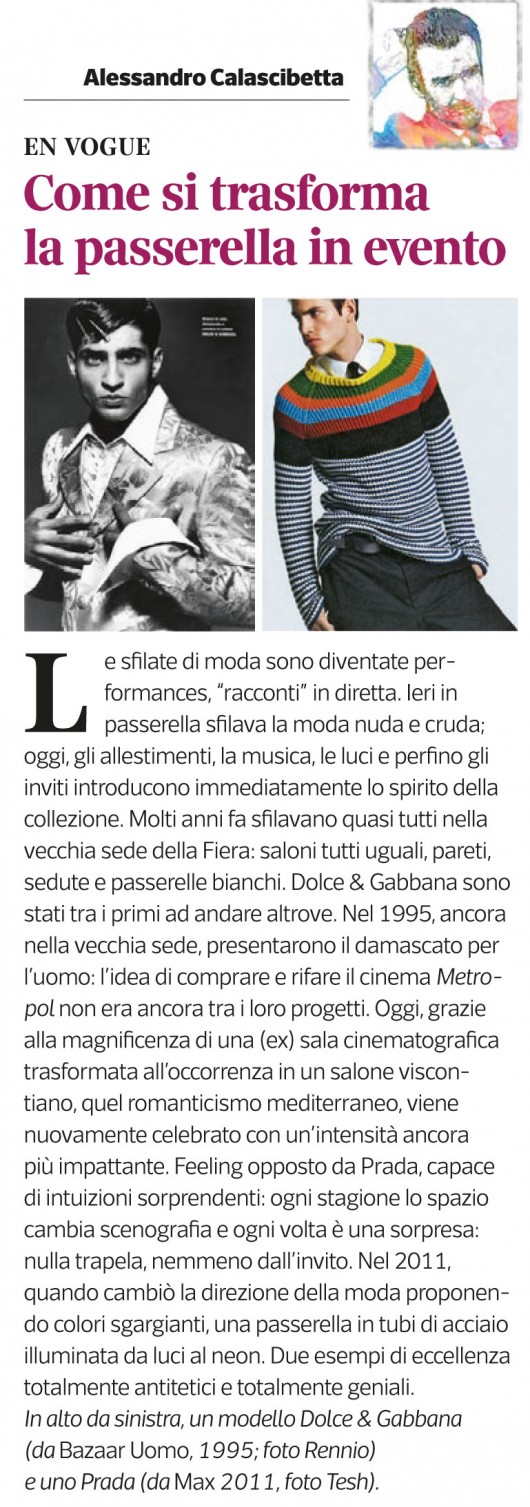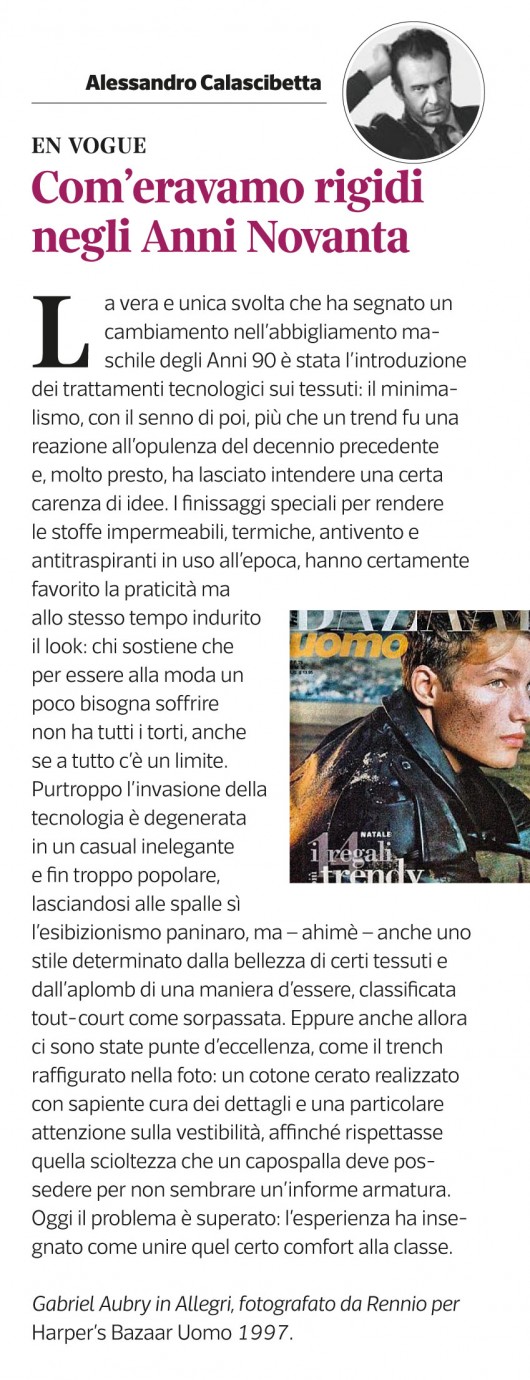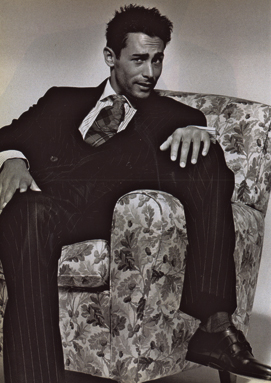SETTE MAGAZINE EN VOGUE COME SI TRASFORMA LA PASSERELLA IN EVENTO
Fashion shows have become performances, live “narratives”. Yesterday unvarnished fashion walked the runway; today, set-up, music, lights and even invitations immediately introduce in the collection’s mood. Years ago all designers modeled in the Fair’s old location: the same halls, white walls, chairs and catwalks. Dolce & Gabbana were among the first to change location. In 1995, still in the old one, they displayed damasked for men: the idea of buying and restoring the old cinema Metropol wasn’t in their projects yet. Today, thanks to the magnificence of a (ex) movie theatre changed, by necessity, into a hall inspired by Visconti, that mediterranean romanticism is celebrated with a much more affecting intensity. Opposite feeling at Prada, able to surprising intuitions: every season her space changes scenography, and every time is a surprise: nothing shines through, not even from the invitation. In 2011, when she changed her fashion’s direction suggesting bright colours, a catwalk made of steel tubes and lighted up by neon lights. Two examples of excellence, totally opposing and totally brilliant. Above, from left, an outfit by Dolce & Gabbana (from Bazaar Uomo, 1995; ph. Rennio) and one by Prada (from max, 2011; ph. Tesh).









